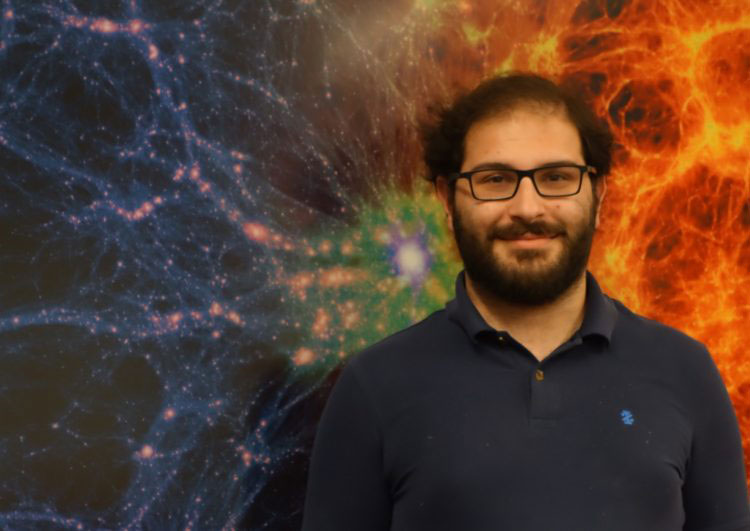
Steven Silverberg
Project Lead
R.L. Paschal High School, Fort Worth, TX
Rice University, Houston, TX
Astrophysics
When I was five, my dad gave me his copy of H.A. Rey's "The Stars: A New Way to See Them," which laid out the constellations in an art style I was already familiar with (the same drawing style as Rey's "Curious George" books). That got me interested in space as an amateur. In high school, I started to write my own science fiction and quickly realized I was much more interested in the science than the fiction.
After my first two semesters of grad school at the University of Oklahoma, my doctoral adviser, Dr. John Wisniewski, sent me to work at NASA's Goddard Space Flight Center for the summer through a Established Program to Stimulate Competitive Research (EPSCoR) grant. I started work on Disk Detective then and brought the research back with me. When Disk Detective won funding for a graduate student to work on the project full-time, I moved back to Goddard to focus on NASA work.
I am now the project lead for Disk Detective, a citizen science project to find asteroid-belt-like structures around other stars. Day to day, I work on coordinating research work with a team of professional scientists and a much larger team of citizen scientists. I also plan and execute proposals for observing interesting star systems we identify with ground- and space-based telescopes, and analyze the data we receive.
Be open to any opportunities that let you get to where you want to be. While I hadn't originally planned to go to the University of Oklahoma, it ended up being a great fit for me and opened up opportunities to intern at NASA and then work there full-time.
My favorite project has been discovering "Peter Pan" disks, a new kind of protoplanetary disk we found as part of Disk Detective that wouldn't have been found without citizen science. Working with citizen scientists, we found a disk around a red dwarf that behaved like a planet-forming disk but was much older than the expected age for these systems. Through the continued work of Disk Detective, we've since found many other examples of this phenomenon, which suggests that it could take much longer for planets to form around red dwarfs (the most common stars in the night sky) than we thought.
Planetary science is a global profession.

